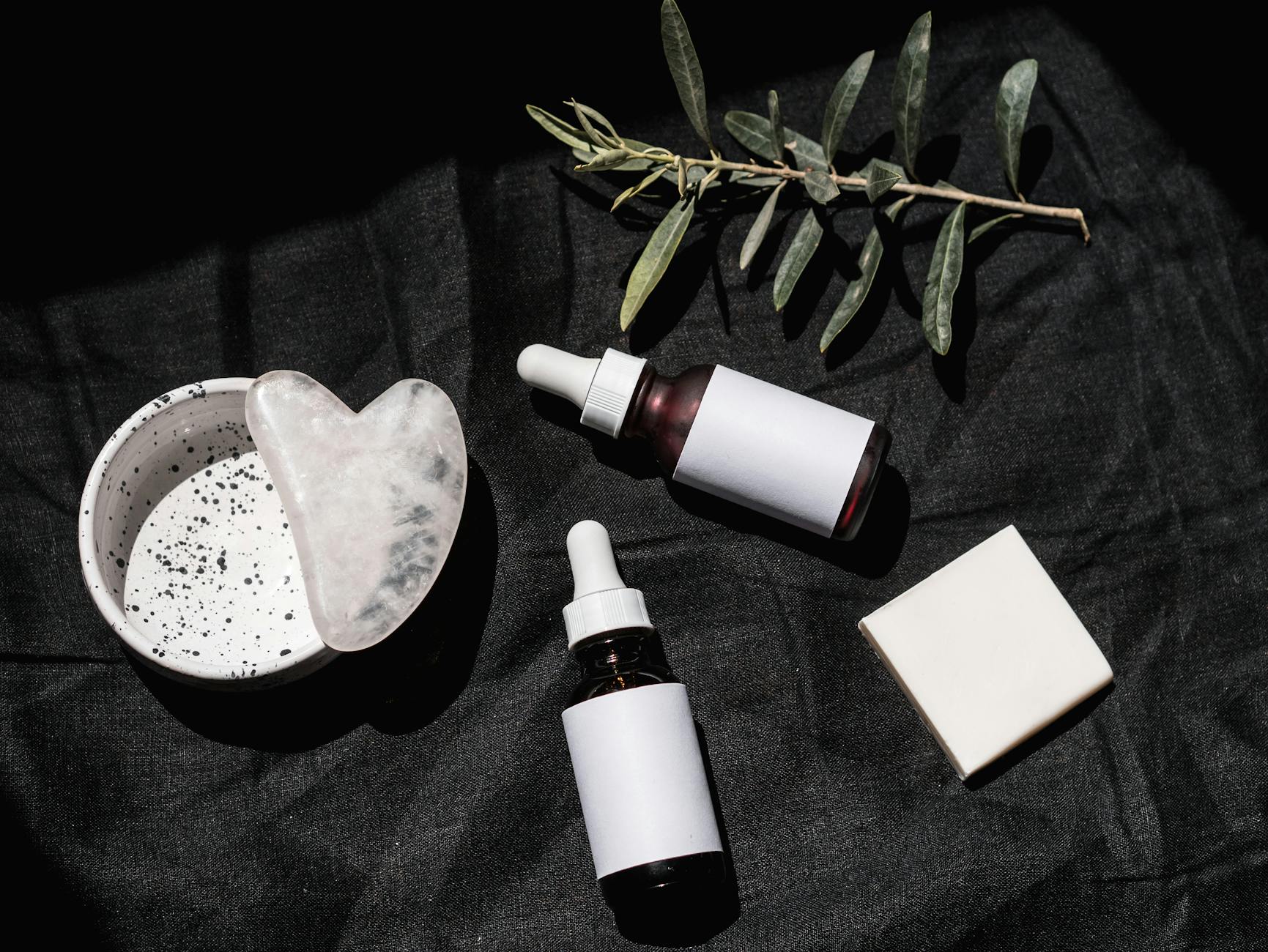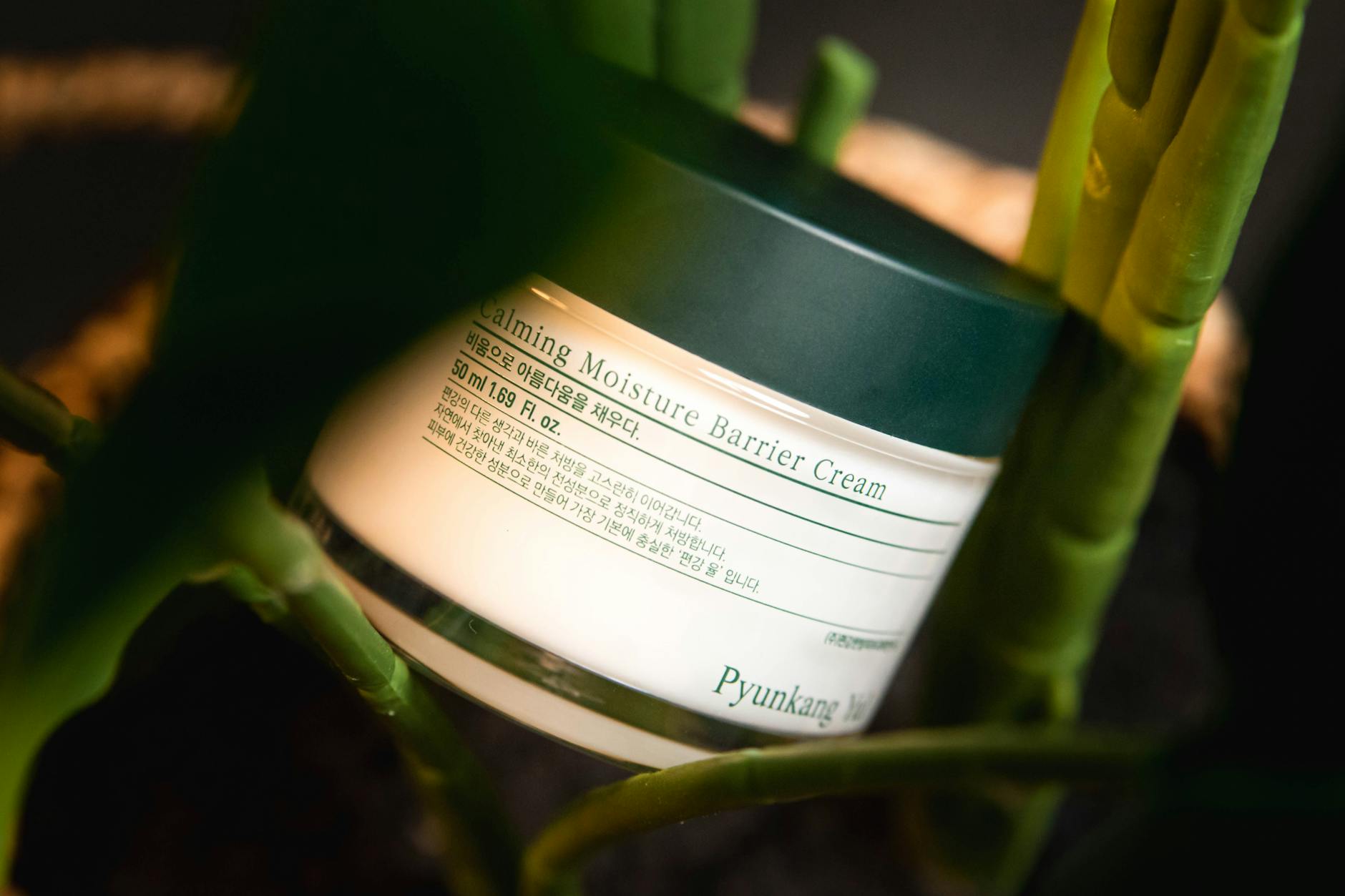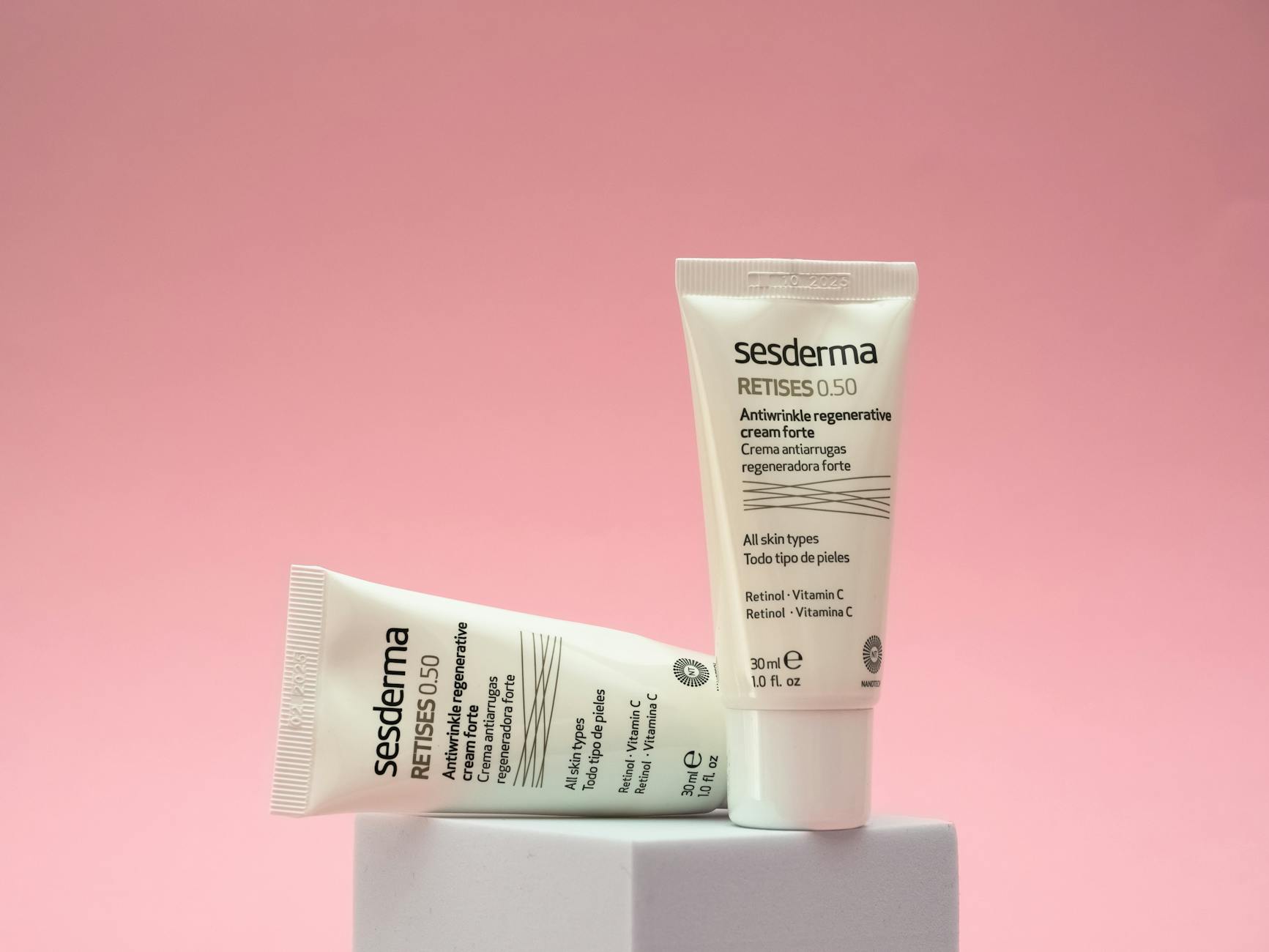Is Your Sunscreen Protecting the Environment in Australia?

Environmental Impact of Sunscreen
Sunscreen is vital in shielding us from the harsh rays when we're out exploring places like the Royal Botanic Gardens Victoria, yet it's crucial to be aware of its environmental impact. As a teacher, engaging with kids about their surroundings, I've learned firsthand the importance of protecting both our skin and our ecosystems.
One component often found in traditional sunscreens is zinc oxide, a mineral that forms a physical barrier on the skin. While mineral-based, zinc sunscreen is generally better for the environment than some chemical alternatives, not all sunscreens are created equal. Many contain harmful chemicals such as oxybenzone and octinoxate, which can have detrimental effects on marine ecosystems when washed off into water bodies.
The effects on marine life are severe. These chemicals contribute to coral bleaching and disrupt marine wildlife, affecting the delicate balance underwater. Discussions around sustainability with my students often touch on these impacts, reinforcing how our choices affect our planet.
In Australia, we've seen legislative movements to restrict harmful substances in sunscreens to protect marine environments. This is a step forward in preserving our beautiful beaches and marine life. These insights are essential to instill in young minds, embedding the importance of making eco-friendly choices in everyday life.
Educating ourselves and the younger generation about these impacts can guide us to more responsible purchasing decisions, ultimately benefiting both our health and the environment.
Understanding Reef-Safe Sunscreens
Defining Reef-Safe Ingredients
As I share with my students during our nature classes, the concept of "reef-safe" sunscreens isn't just a buzzword. It's a step in protecting our precious marine ecosystems from the damaging effects of certain chemicals found in traditional sunscreens. When we talk about reef safe sunscreen, we're referring to products that avoid ingredients like oxybenzone and octinoxate, both known to harm coral reefs. These chemicals can cause coral bleaching, a phenomenon that devastates marine habitats. Educating kids about which ingredients to avoid not only fosters environmental stewardship but also equips them with the knowledge to make informed decisions.
How They Protect Marine Ecosystems
Like the Yarra River trails that foster life and biodiversity in Melbourne, the ocean's reefs need similar protection. Reef-safe sunscreens utilise minerals like zinc oxide and titanium dioxide, which sit on the skin's surface to physically block UV rays rather than being absorbed. These minerals are less likely to wash off into the ocean, reducing the risk of harming marine life. It's important to teach our children that our small choices, like the sunscreen we choose, can collectively have a large impact on preserving marine biodiversity.
Myths and Facts About Reef-Safe
Reef-safe sunscreens can spark varying opinions. Some believe they are less effective, but it's vital to debunk this myth. In class, we dive into how reef-safe sunscreens are just as protective against the sun's harmful rays. A fair application, especially during outings to places like St Kilda Beach, ensures these formulations perform effectively. Remember, a child's anecdotal understanding picked up early can echo into lifelong sustainable practices, safeguarding our environment.
Choosing Eco-Friendly Sunscreens
Reading Product Labels
As a devoted teacher, I often compare reading sunscreen labels to deciphering a complex science experiment. Understanding labels is crucial when selecting sunscreens that are both eco-friendly and effective. You should always check for descriptors like "reef-safe" or "biodegradable." Ingredients such as oxybenzone or octinoxate, which can harm marine life, should be absent. The labels help steer us towards responsible choices that protect places like St Kilda Beach, where many families enjoy sunny days by the sea.
Trusted Eco-Certifications
Certifications act as your guide to choosing products that align with environmental wellness. Labels such as EcoCert, Green Seal, or the Environmental Working Group (EWG) certification serve as a reliable seal of approval. These certifications assure you that the products meet high environmental and health standards, making it easier to align your values with your purchasing decisions. When recommending sunscreens to young parents, I always highlight these certifications to ensure their peace of mind.
Considerations for Sensitive Skin
For children, especially those with sensitivities, it's essential to prioritise sunscreens crafted for delicate skin. In my experience, opting for mineral-based sunscreens that use zinc oxide or titanium dioxide is effective. These physical blockers are gentle yet provide strong protection against harmful UV rays. Look for terms like baby sunscreen on the product to confidently select what’s best for your child’s sensitive skin. With these insights, you can enjoy outdoor adventures, whether by the Yarra River trails or your local park.
Sustainable Sunscreen Practices
How Much Sunscreen to Use
When applying sunscreen, especially kids sunscreen, the primary rule is to use enough to cover all exposed skin adequately. A teaspoon per limb is a good starting point, which I often remind my students' parents when discussing sun safety during school excursions. Ensuring full coverage is crucial because even a small missed spot can result in sunburn. From my many walks along the Yarra River trails with students, I've observed that most people tend to use too little, leaving gaps in their sun protection.
Reapplication Guidelines
Reapplication is just as important as the initial application. I've always encouraged parents at our solar science workshops to ensure their children apply sunscreen every two hours, or more often if they're swimming or sweating. During visits to the Royal Botanic Gardens Victoria, I demonstrate how reapplying sunscreen can help protect skin, emphasising that water-resistant doesn't mean waterproof. The key is consistency and vigilance, especially on sunny days when UV levels are high.
Storing Sunscreen Properly
Proper storage of skincare products like sunscreen can significantly affect their effectiveness. I often advise my students to store sunscreen in a cool, dry place, away from direct sunlight, to maintain its protective properties. It's a simple habit but can make a world of difference, especially during a day out at St Kilda Beach. Parents should check expiry dates regularly and replace any expired products. Properly cared-for sunscreen ensures your child's skin remains well-protected.
FAQs About Sunscreen and the Environment
Dispelling Common Myths
Amidst our sun-drenched Australian summers, it's crucial to address some common misconceptions about sunscreen. One frequent myth is that "reef-safe" sunscreens don't work as effectively. However, these formulas, containing mineral-based ingredients like zinc oxide, offer excellent protection while being kinder to our marine ecosystems. Another misconception is that these sunscreens are solely for beach use. In reality, applying eco-friendly sunscreen while exploring the St Kilda Beach or hiking along the Yarra River ensures we protect both ourselves and the environment.
Answering Public Queries
Sunscreen safety is often a hot topic, especially among young parents. A popular question is about the safety of chemical sunscreens for children. While the debate continues, many opt for mineral-based alternatives to avoid harmful chemicals, like oxybenzone, which can affect marine life. Lately, I've noticed a lot of questions about eco-certifications. Look for trusted certifications on products to ensure they're truly environmentally friendly.
Tips for Educators
As educators, it's our responsibility to impart environmental stewardship to future generations. Encourage students to discuss eco-friendly practices at home or even plan an educational trip to the Royal Botanic Gardens Victoria to see conservation efforts in action. Integrate discussions on how even small choices, like choosing reef friendly sunscreen, can have a significant impact on our oceans and wildlife. This creates a sense of responsibility and empowers children to make conscious choices.


